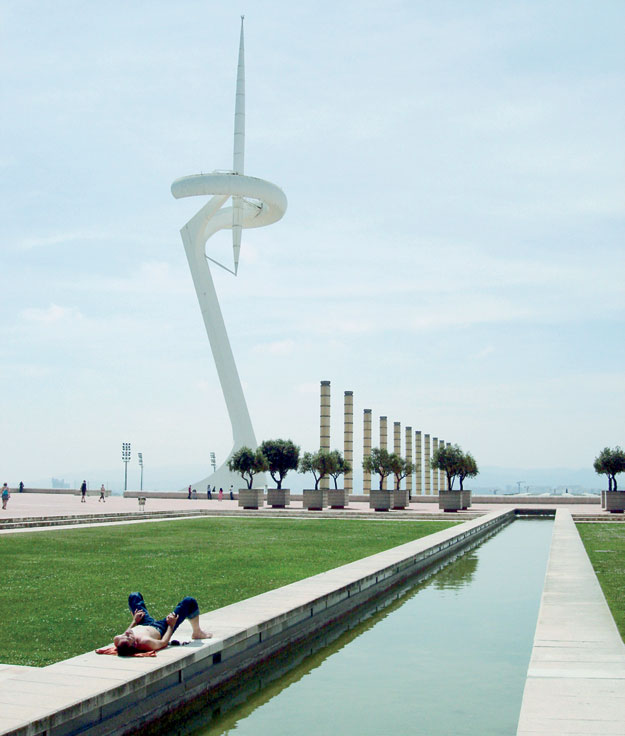 |
Barcelona used the investments and positive energy generated by the 1992 Olympic Games as a tool for long-term strategic planning—a model that London studied closely.
With the Olympics, the city's young government shook off the gray legacy of the Franco dictatorship to present a new modern image to the world. The Olympic Village transformed the obsolete industrial waterfront into a glittering beach, redirecting future growth into the city's neglected eastern districts.
Other improvements included the renovation of the historic core with new plazas and cultural institutions, a new ring highway, and modernized telecommunications and mass transit. These efforts, which continue today, have catalyzed economic development and increased Barcelona's potential as a major tourist destination.
Like other Olympic cities, however, Barcelona has had trouble finding uses for some Olympic sites, such as the velodrome and diving pool. The local Espanyol soccer team abandoned the Olympic Stadium—designed by Italian architect Vittorio Gregotti in the shell of the 1929 stadium—three years ago; it is now used sporadically for concerts and athletic events.
Another negative legacy is a consequence of success: Along with the 1992 Expo in Seville, the Games created an appetite for high-stakes public investments as quick fixes for local self-promotion, a superficial reading of the Barcelona strategy that, with the present economic crisis, has revealed its limitations.


Post a comment to this article
Report Abusive Comment